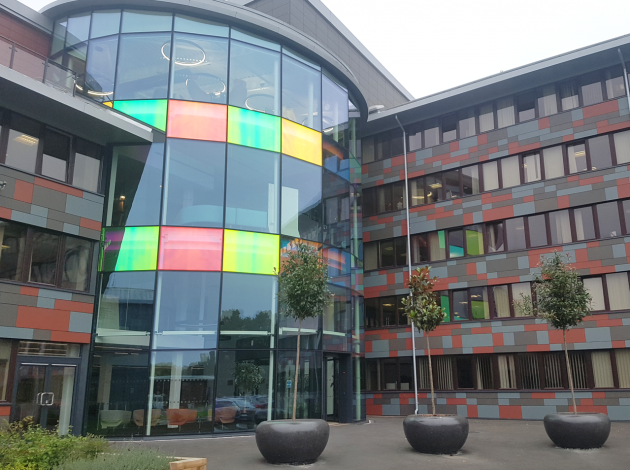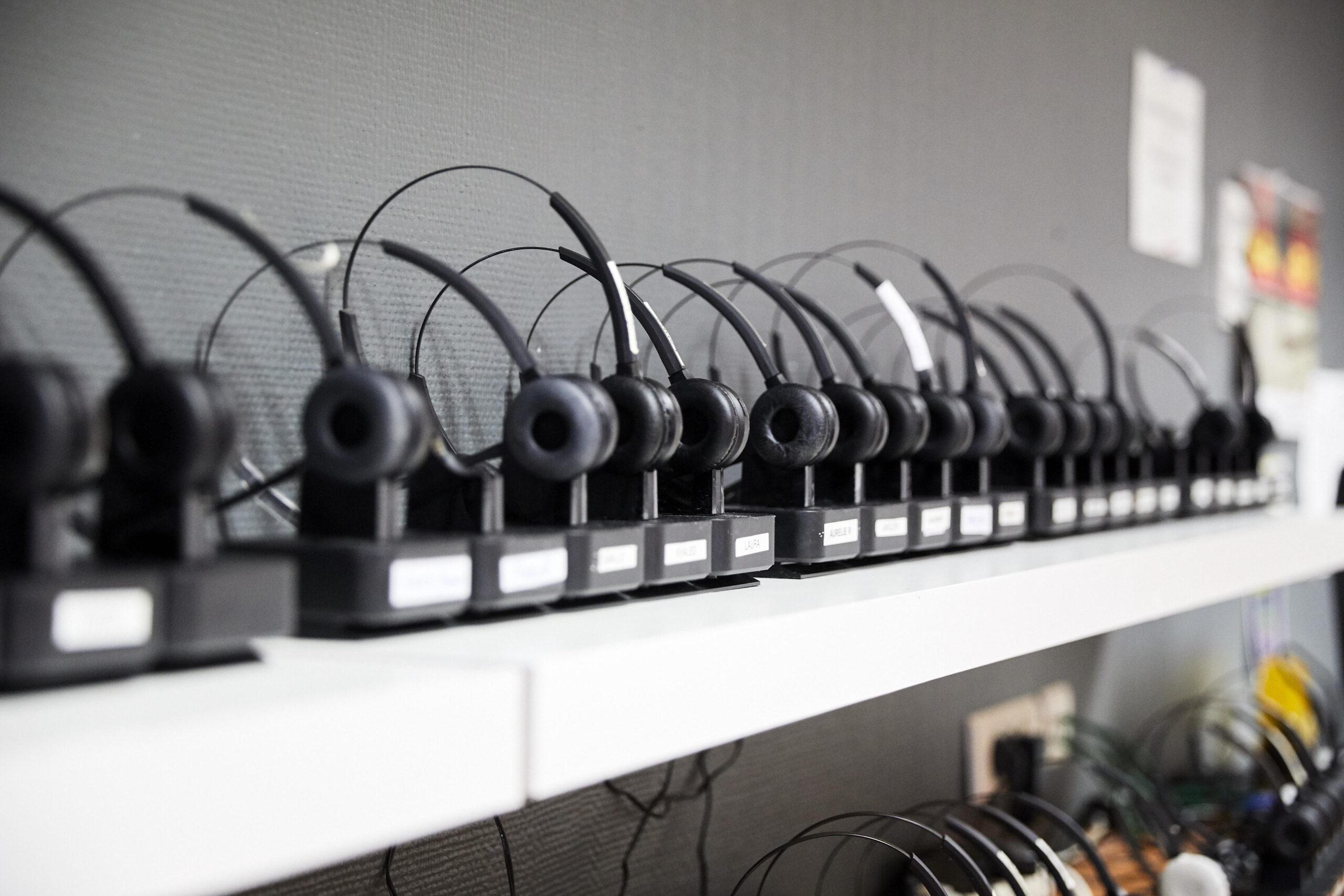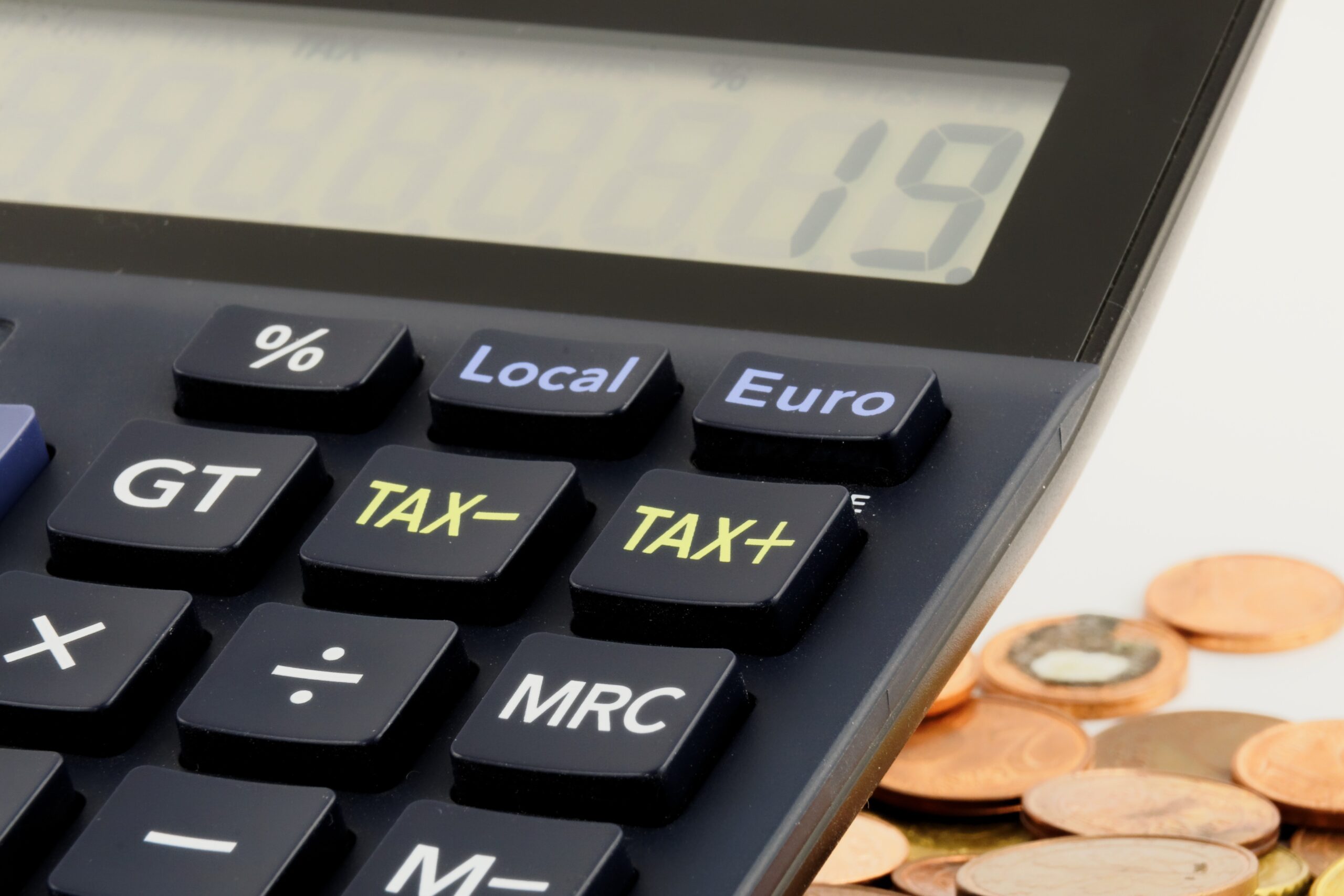Director general of public spending says remote work enabled people to be brought together more quickly
Treasury HQ in central London Credit: Stefan Rousseau/PA Wire
HM Treasury found “lots and lots of positives” in conducting the recent Spending Review process virtually, according to the department’s public spending leader.
The review took place in November and allocated cash to departments to fund programmes and investments over the next year. A three-year comprehensive review had been planned but was postponed on account of the demands of coronavirus response – the second year in a row this has happened, after Brexit caused the full review to be replaced by a one-year stopgap measure in 2019.
Another impact of the pandemic was that much of the work that went into the review was conducted via a computer screen, rather than in-person meetings.
Cat Little, the Treasury’s director general of public spending, said: “We did nearly all the negotiations virtually, with our ministers in the Treasury and departments in their buildings or wherever they were located, so that was different. And we ended up doing a lot of the publication and the development that happens in decision-making at the end remotely as well.”
Despite the challenges, this method also brought significant benefits, Little told PublicTechnology sister publication Civil Service World in an exclusive interview.
Related content
- Addressing government legacy IT to be ‘a key focus of spending review’
- Chancellor urged to use spending round to support long-term future of coronavirus tech innovation
- Can the GDS innovation strategy deliver a lasting legacy for government?
“I was able to get experts in a virtual room much quicker and much more efficiently than we would have been able to if we were all physically located at the Treasury, and it helped with a lot of the cross-government interactions,” she said. “We worked very closely with other functions and with the Cabinet Office, and with departmental experts, so it was brilliant to have the flexibility to access all of that in a virtual environment, and it was very fast paced.”
The review set aside a cumulative £600m to upgrade legacy IT at four departments: HM Revenue and Customs (which £268m); the Home Office (£232m); the Department for Education (£64m); and the Ministry of Justice (£40m).
In addition to this, Little and Cabinet Office permanent secretary Alex Chisholm also co-chaired a panel on the use of “technology, data and automation” across government.
“It was fantastic to be able to get all of our digital experts together to talk about technology investment,” she said. “I’m sure we would have done it if we’d been physically together, it was just easier to coordinate and probably more efficient [remotely].”
The benefits of digitisation have also reached ministers, a central part of whose working life has always been red boxes typically containing large volumes of paper files that require their attention or signature.
“I think Covid has changed boxes,” Little said. “Ministers are much more IT savvy and much more technologically driven so you’ve kind of got virtual boxes and physical boxes.”
Click here to read the full interview with Little, including lots more insight on the review process and what the Treasury has learned for the years ahead.



